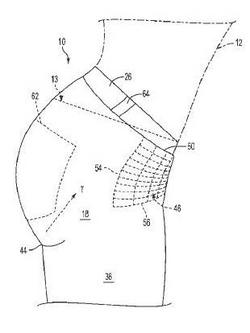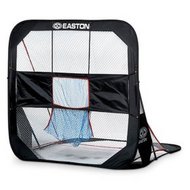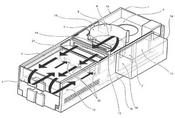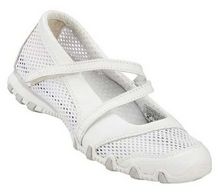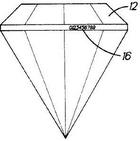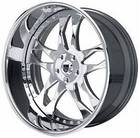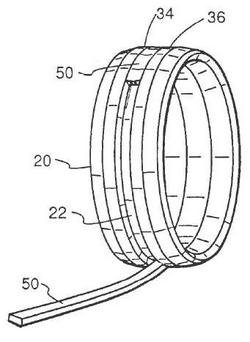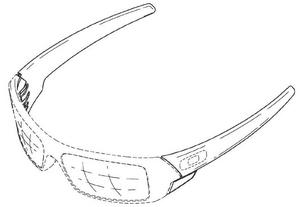Los Angeles, CA – A patent infringement lawsuit was filed by patent attorneys on behalf of Roland, a Japanese corporation, at the Federal District Court in Los Angeles, accusing Wirges Percussion of infringing U.S. Patent No. 6,121,538 (“the ‘538 patent”). The ‘538 patent, entitled “Electronic Percussion Instrumental System and Percussion Detecting Apparatus Therein,” was issued by the U.S. Patent & Trademark Office on September 19, 2000. The complaint accuses Wirges of making and selling custom electronic drums that infringe on one or more claims of the ‘538 patent.
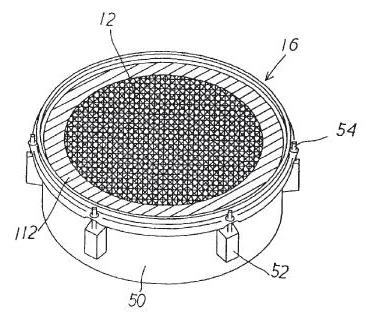 The ‘538 patent generally relates to a drum having a net-like surface, which allows better elasticity and percussion. It also allows for better detection of percussion as electrical signals and generates musical tone based on the detected electrical signals. Plaintiff alleges that the Defendant’s “infringing activities has caused and will cause Roland irreparable harm from which it has no adequate remedy at law.” Thus, in addition to monetary damages, Roland seeks preliminary and permanent injunctions. The case is titled Roland Corporation v. Wirges Percussion Systems, LLC, CV 08-04785 GAF (C.D. Cal. 2008).
The ‘538 patent generally relates to a drum having a net-like surface, which allows better elasticity and percussion. It also allows for better detection of percussion as electrical signals and generates musical tone based on the detected electrical signals. Plaintiff alleges that the Defendant’s “infringing activities has caused and will cause Roland irreparable harm from which it has no adequate remedy at law.” Thus, in addition to monetary damages, Roland seeks preliminary and permanent injunctions. The case is titled Roland Corporation v. Wirges Percussion Systems, LLC, CV 08-04785 GAF (C.D. Cal. 2008).
 Los Angeles Intellectual Property Trademark Attorney Blog
Los Angeles Intellectual Property Trademark Attorney Blog


